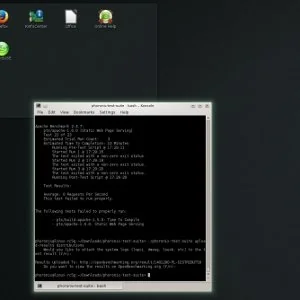Red Hat Planning A Hackfest To Further Advance HDR Support On The Linux Desktop

Following the news of Valve beginning to get HDR working for games when using their Gamescope compositor, Red Hat has been working to organize a hackfest for working more on the Linux desktop support around HDR software. In particular, around windowed applications and ensuring the GNOME desktop can cope well with HDR applications while still properly handling window management concurrently for non-HDR software -- unlike just dealing with full-screen games as we see today with Gamescope.
For years graphics driver vendors have been working toward HDR support on Linux, but the desktop hasn't been ready for the longest time (NVIDIA has been presenting at XDC on it for more than a half-decade and making incremental progress)... But it's beginning to finally improve in larger strides.
Red Hat is planning for a multi-day hackfest to work on the Linux GPU stack and GNOME Shell components around HDR support. They note on the GNOME.org Wiki:
Goals The main goal is to plan the next 1-2 years of work and direction in how to support HDR, VRR and other new GPU and graphics technologies that are exposed to the final user through Mutter and Shell.
In addition, the second main goal is to discuss, plan and agree on how to improve KMS and Wayland APIs to better accommodate user space needs for these technologies, specially necessary for HDR.
The third main but optional goal is for the UXD team to discuss the next iteration of Shell designs, and expose their needs to the GPU, graphics and Shell/Mutter engineers to gather feedback on what's feasible and what APIs would be necessary.
In addition to the Red Hat folks, they are planning for other HDR and VRR developers to be present including open-source developers from NVIDIA, AMD, Intel, Endless, Canonical, Collabora, and possibly the likes of Valve as well. If all goes according to plan, this hackfest in Brno, Czech Republic will lead to more progress on Linux HDR support from the open-source graphics drivers to the GNOME desktop.

